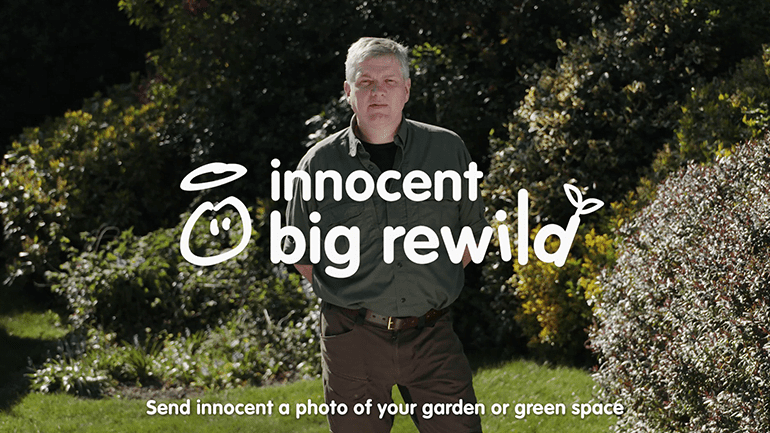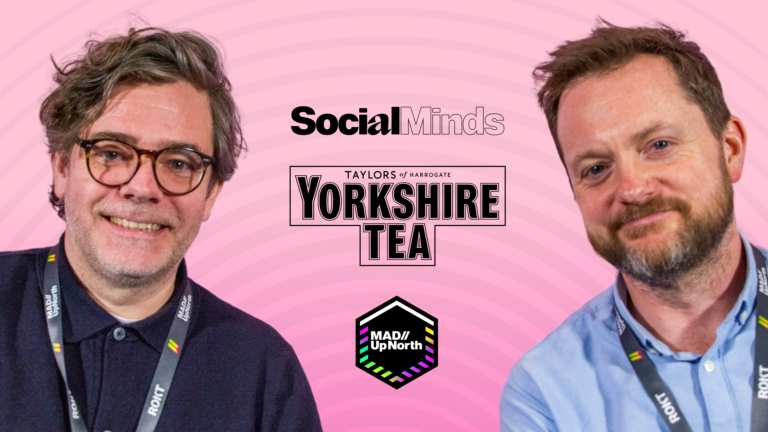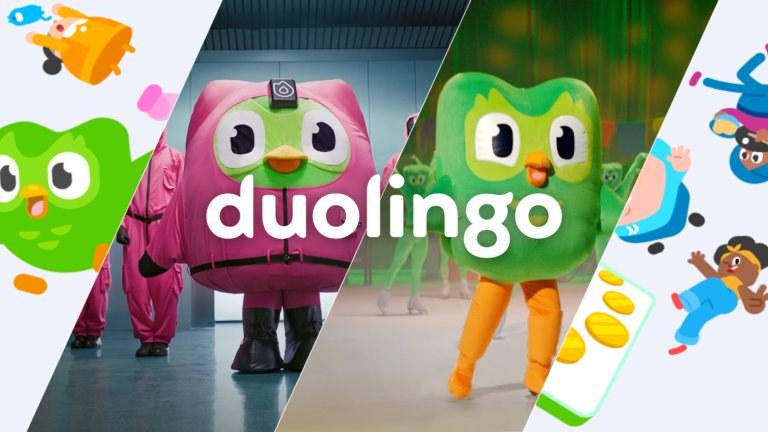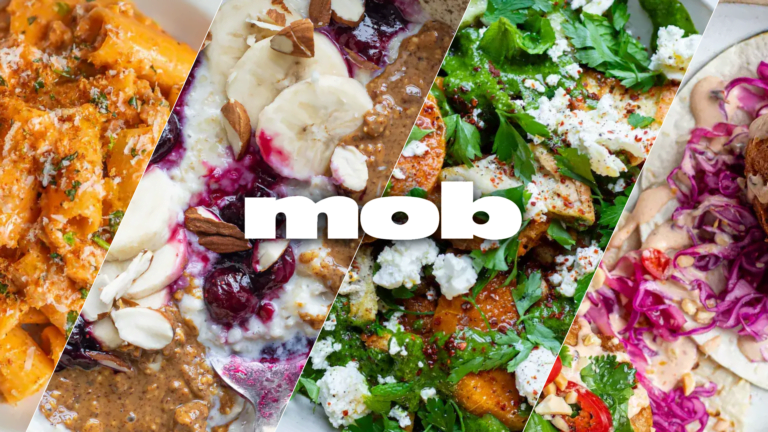“Relevance is everything”: How Innocent Drinks adapts its TOV for every social channel
One of Innocent’s most successful social media posts, published in January 2022, is a three-line summary for each year of working from home since the pandemic. Between 2020 and 2022, the descriptions get more manic, from a sensible “3 cups of tea a day” to “25 coffees straight into your veins.” 84k organic LinkedIn engagements, eight million users reached, and not a single mention of an Innocent product.
Though Innocent’s products can and do see record-breaking engagement – like its now famous blue smoothie post that unexpectedly snowballed into a winning campaign – Innocent’s hook is its relatability; its unique ability to perfectly encapsulate both the public mood and keystone cultural moments in a single flow chart or Venn diagram. It’s posts about ‘the clocks going back’, or what Brits really mean when they say ‘no worries if not’, that keep everyone coming back for more.
If you didn’t know any better, you’d think it was just one admin behind all of its accounts – arguably the highest praise for a brand on social. But of course this isn’t the case, so how does a big name brand like Innocent preserve its tone of voice (TOV) so successfully? Innocent’s social media manager Marcus Dean joined the Social Minds podcast to tell us.

Though they might seem arbitrary, posts about clocks and the weather actually make up the lion’s share of Innocent’s social content strategy. Branded random, as Innocent calls it, forms 40% of its output, while 30% is taken up by product promotional posts. The remaining 30% is for the company to highlight its corporate social responsibility (CSR) initiatives, or ‘force for good’ content.
So if it’s not spending the majority of its time on social selling products, how is Innocent maintaining salience in the shopping cart? Marcus tells us that besides product posts, Innocent’s social content fulfils the purpose of giving the company the edge when it comes to making a purchase. “When someone’s buying a smoothie and they see us next to our competitors, we want people to think, ‘I find their social posts funny and they try and do good, so I’m going to buy their product.’”
“Being witty is good, but being relevant is better. When people see themselves in you, that creates trust.”
And as Innocent’s shown, true relatability means being relatable all the time, every time you post. Brands often fall into the trap of reverting to corporate-speak for corporate topics, but all of Innocent’s content from branded random to force for good is written with a quintessentially ‘Innocent’ spin.
Even Innocent’s own stock responses to FAQs get the same treatment, with admins never sending the same reply twice. As Marcus explains, it equates to rigorous training and Brand Bible study behind the scenes, but it’s all worth it. In fact, Innocent’s replies are such a hallmark that the company sunk half its social media budget promoting them for its blue smoothie campaign in 2019. And it paid off, delivering 33 million organic impressions across all channels in total.
But carrying a consistent TOV across channels, whether it be relatable, playful, or assertive, seemingly contradicts marketing 101: that whatever you put out needs to be attuned to each platform’s specific language and intricacies. So then, the challenge for marketers becomes crafting a TOV that’s as adaptable as it is distinctive.
The key to adaptability, according to Marcus? Complexity. The Innocent TOV isn’t one-dimensional. It’s funny, positive, unexpected, kind and silly all at once. To establish your TOV, see your brand as its own person. People aren’t just one thing, so brands shouldn’t be either.
See your brand as its own person – people aren’t just one thing, so brands shouldn’t be either.
TikTok is perhaps the best example of why it’s essential to be platform-native. Because it’s video-first, copy-and-pasting successful posts from text-based platforms like Twitter won’t cut it. Retaining TOV here relies on finding the essence of your post’s message and recapturing it for a visual platform.
“See TOV as a sound mixing desk. Sometimes you turn one or two elements up as another element or elements get turned down. Boil down your TOV to its basic elements – your chosen characteristics for that brand persona – and find the right mix for the right channel.”
‘Sound mixing’ your TOV for a particular channel is as much about standing out as it is about tuning in to platform conventions. Ask a marketer to sum up LinkedIn in three words, and they’ll probably say: corporate, success, professional. They might not say: playful, humble, entertainment. By dialling up the latter and avoiding the former, brands can cut through the noise.
There’s definitely something to be learned from Innocent’s willingness to let the brand show its human side on social – even for the most corporate of businesses. “A TOV can work on every channel,” says Marcus. “Innocent is proof of that. Being one-note is definitely easier, but being multifaceted means people will believe in what you do.”
Tips for crafting an adaptable TOV from Twitter to TikTok:
- See all content, not just BAU or campaigns, as an opportunity to inject brand personality.
- Pre-empt how your audience might react to your campaigns and determine your brand’s stance so messaging remains the same across the board.
- Every platform has its own language. Establish your brand persona’s key characteristics – plural, not singular – and dial up or down accordingly for different platforms.
- Avoid reposting successful content to visual platforms like TikTok. Instead of recreating the post directly, recapture its message.
- To be consistent across channels, see your brand personality as separate from the personality of its social media admin(s).
- Big brands should invest in TOV training and resources. Let followers suspend their disbelief and think there’s one person behind all of your accounts.
- For small brands finding their TOV, using someone whose personality naturally suits the brand as a benchmark for future admins can establish continuity.





